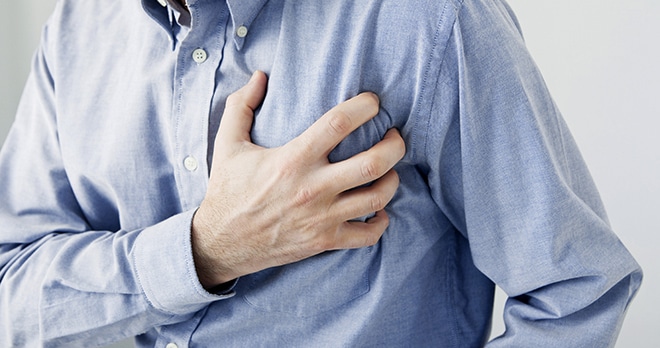World Heart Day – an opportunity to raise awareness of the world’s biggest killer

CVD is said to be accountable for nearly half of all non-communicable diseases (NCDs) making it the world’s number one killer. According to the World Health Organisation, NCDs are collectively responsible for almost 70% of all deaths worldwide and include heart disease, stroke, cancer, diabetes and chronic lung disease. World Heart Day is therefore a great way to raise awareness of CVD and help us understand ways in which we can prevent and control CVD.
According to the British Heart Foundation:
- Heart and circulatory diseases cause around a quarter of all deaths in the UK, that’s more than 160,000 deaths each year – an average of 460 deaths each day or one every three minutes in the UK.
- CVD is the most common type of heart and circulatory disease. It is the most common cause of heart attack.
- In the UK, there are more than 100,000 hospital admissions each year due to heart attacks; that’s one every five minutes.
Ways in which we can prevent and control CVD
CVD has many causes including smoking, high blood pressure and diabetes. Most of us know that we should eat a healthy balanced diet, be physically active, give up smoking, reduce our alcohol intake and keep our blood pressure under control but we often take these things for granted. World Heart Day therefore gives us an opportunity to refocus and understand the real implications of CVD so we can adopt better, and healthier, lifestyle choices.
For those living with CVD, the COVID-19 pandemic has exposed them to developing severe forms of the virus. It is now more important than ever that we take steps to look after and strengthen our hearts.
Signs and symptoms of CVD
According to the World Health Organisation, it is important to detect CVD as early as possible so that management with counselling and medicines can begin.
A heart attack or stroke may be the first sign of the disease and so you should look out for:
- pain and discomfort in the centre of the chest; and/or
- pain or discomfort in the arms, the left shoulder, elbows, jaw, or back.
In addition the person may experience difficulty in breathing or shortness of breath; nausea or vomiting; light-headedness or faintness; a cold sweat; and turning pale.
The most common symptom of a stroke is sudden weakness of the face, arm, or leg, most often on one side of the body. Other symptoms include sudden onset of:
- numbness of the face, arm, or leg, especially on one side of the body;
- confusion, difficulty speaking or understanding speech;
- difficulty seeing with one or both eyes;
- difficulty walking, dizziness and/or loss of balance or coordination;
- severe headache with no known cause; and/or
- fainting or unconsciousness.
Hopefully each step we take to prevent and control CVD will help reduce the global disease burden.